Take Control Of Your Bad Days With a Mood Journal
Starting a mood journal has a variety of benefits: from helping you better understand yourself to better coping with anxiety or depression. In this article, we give you some helpful tips on how you can start a mood journal using a digital journaling app!

We've talked about the various kinds of journals — from gratitude journals to dream journals — as well as the wealth of benefits that journaling has on one's wellbeing. Now let us look into yet another type of journal: the mood journal!
In this article, we look into what a mood journal is, it's benefits, and suggestions on how you can start a mood journal.
What is a mood journal?

Photo by Noemí Jiménez on Unsplash
A mood journal is, as its name suggests, a journal in which you keep track of your moods as well as any mood changes. It helps you get more in touch with your emotions and identify any triggers for bouts of low or bad moods.
4 benefits of keeping a mood journal
There are a variety of benefits that come with keeping a mood journal. It's also especially useful for people going through a rough mental patch and those who suffer from depression and anxiety.
1. Helps you express emotions and worries
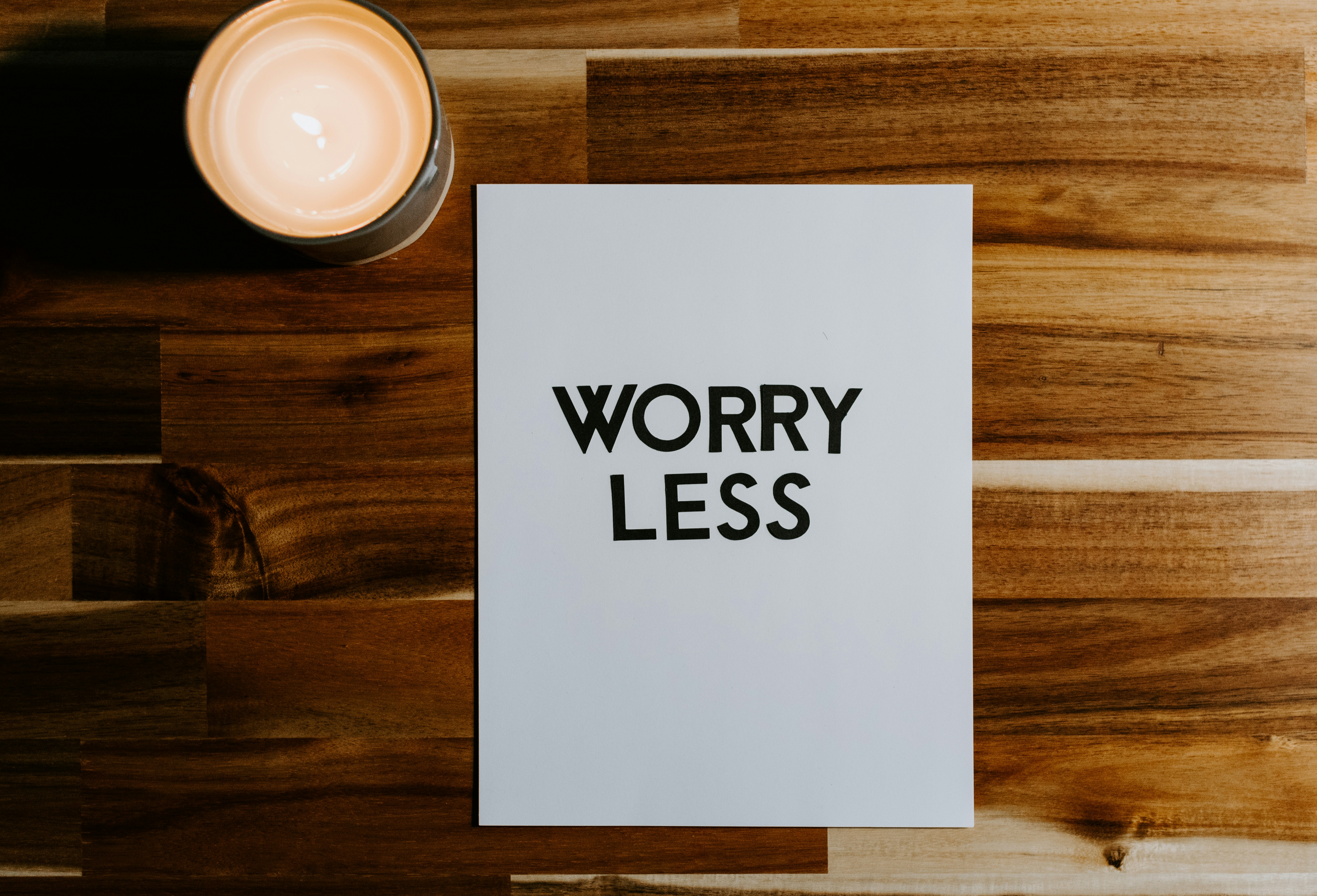
Photo by Kelly Sikkema on Unsplash
A mood journal is, essentially, a space for you to express emotions, especially negative ones. When you vent your emotions into your mood journal, you won't have to worry about receiving criticism or judgement. It's an incredibly therapeutic feeling to relieve yourself of the weight of these feelings.
2. Self-validation and affirmation

Photo by Tim Goedhart on Unsplash
It can be all too easy to disregard your emotions. "You're overreacting"; "don't worry about that too much"; "just stay positive!" — these are all well-meaning words from others, but these also invalidate your feelings.
Validating and affirming your emotions is the first step to soothing yourself and lifting your mood! When you're able to accept your sadness, anxiety or anger, you'll be better able to tackle them.
3. Helps you understand yourself

Photo by Giulia Bertelli on Unsplash
Do you know what triggers your bad moods? Do you know what makes you angry or sad? When you start a mood journal to track your moods, you'll be surprised at how much you'll learn about yourself.
After a while, you'll be able to notice a pattern between your bad moods and certain types of events or situations. Understanding your triggers will then help you learn how to address the root of the problem!
4. Gives you more control

Photo by Japheth Mast on Unsplash
On bad days, it may feel as though you're swept up in a current, unable to control what you do or where to go. But with a mood journal, you'll be able to take a step back from these overwhelming emotions and take control! You'll even find that you'll have more strength to turn the day around with self-care and self-soothing methods.
4 Tips for starting your mood journal
1. Use a daily mood tracker
With a daily mood tracker, you can keep an eye on your mood fluctuations and your overall wellbeing. Are you sad most of the time? Do you have sudden dips in mood over a month? Making a record of your mood every day will give you "data" to look out and analyze.
If you're not sure how to track your mood on a traditional paper journal, consider using a digital journal app like Journey instead! Journey comes with a mood tracker function. All you have to do is choose from 1 of the 5 mood options in your daily journal entries.
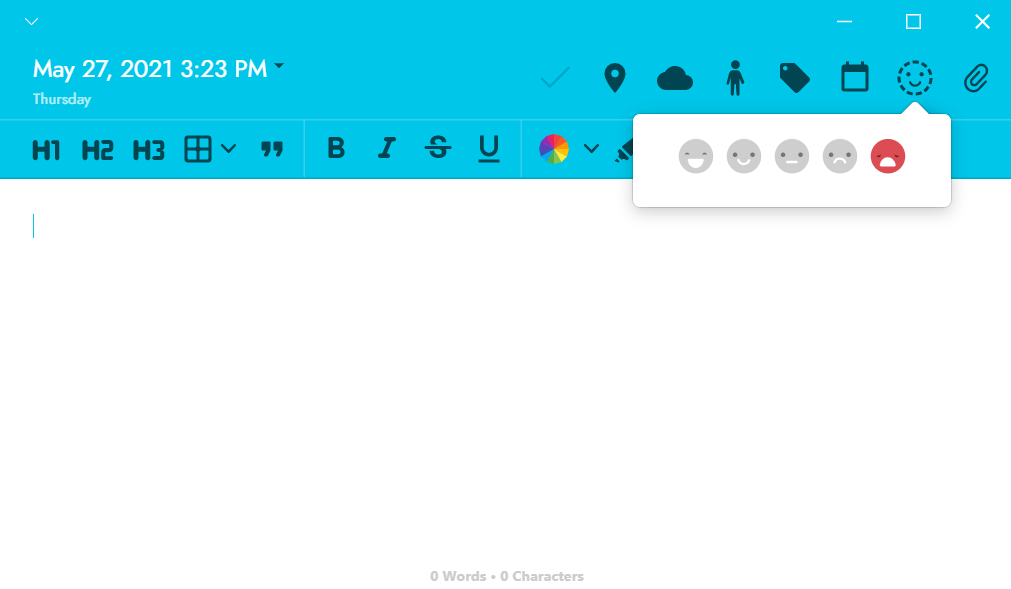
Journey will then show you a chart of your moods over the last 30 days or the past year.
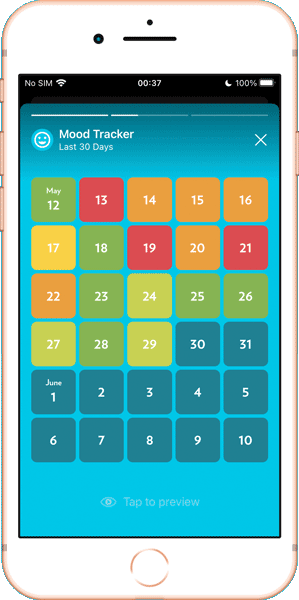
2. Note down your triggers
In a mood journal, it's important to identify key moments in your day that contributed to your mood. This applies to both positive and negative moods. Over time, you'll begin to notice a pattern between the situations that trigger certain moods.
Try to write down the details of your triggers as soon as possible — after all, you want to know everything about what caused you to feel this way. You never know what seemingly trivial details are actually important to figuring your triggers out.
With Journey's cloud feature, you can add to your mood journal entries on multiple devices anytime and anywhere with your cloud service of choice.
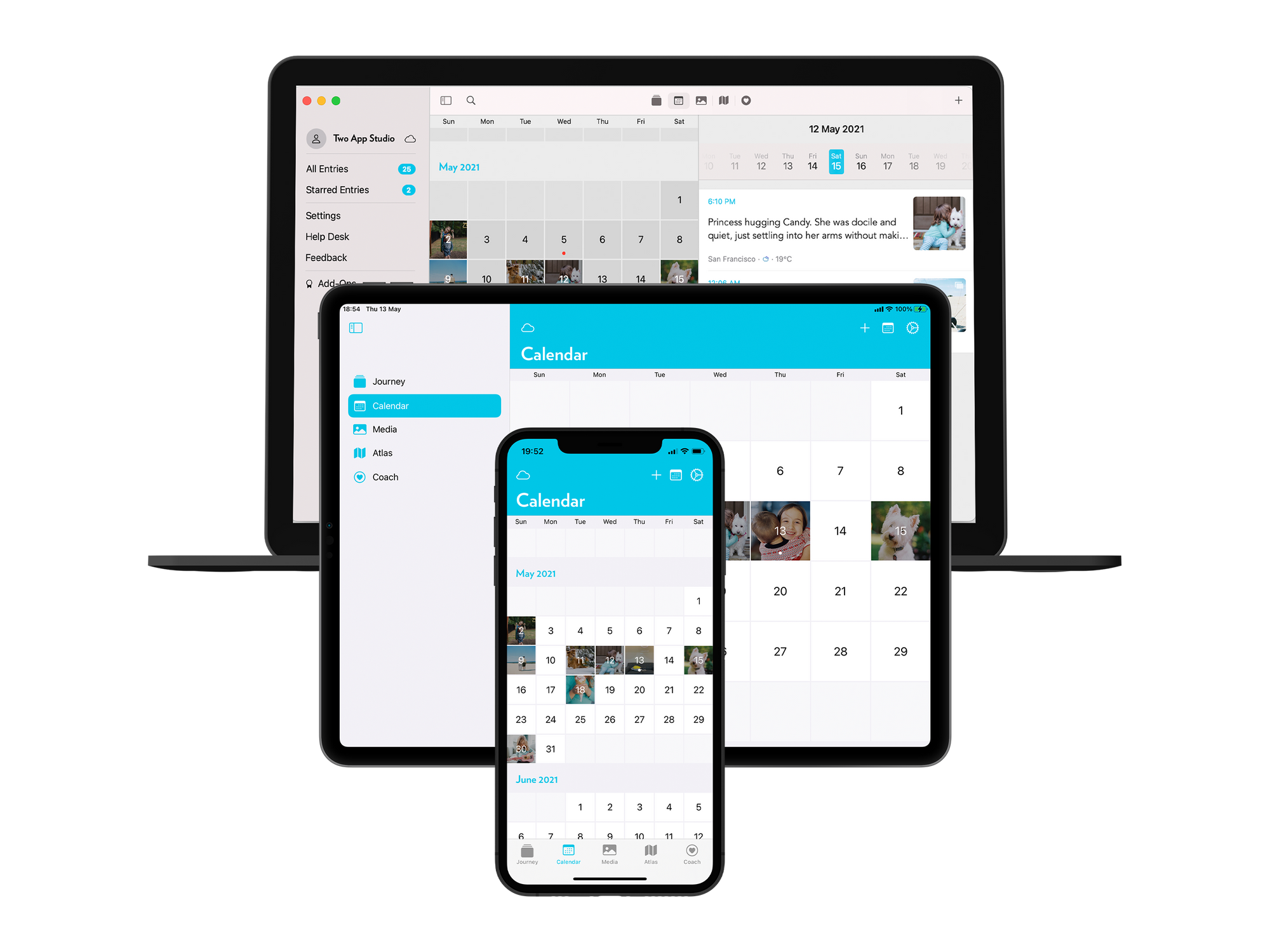
3. How did you act on this emotion?
This may sound odd, but note down what you did when you felt that particular emotion. Did your sadness make you cry and curl up in bed for the rest of the day? Did your anger cause you to lash out at others? Did your happiness make you more productive at work?
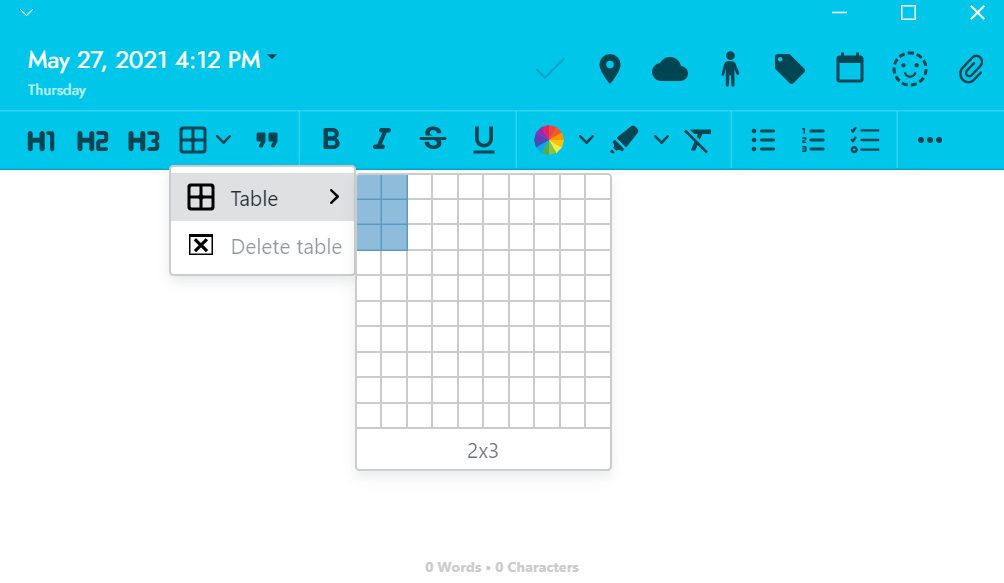
You may even have multiple emotions and multiple reactions within the same day, so note those down as well. We are multi-faceted individuals after all! If this happens to you, consider making a table within a journal entry to keep everything organized. On Journey, you can even highlight the emotion that affected you the most that day.
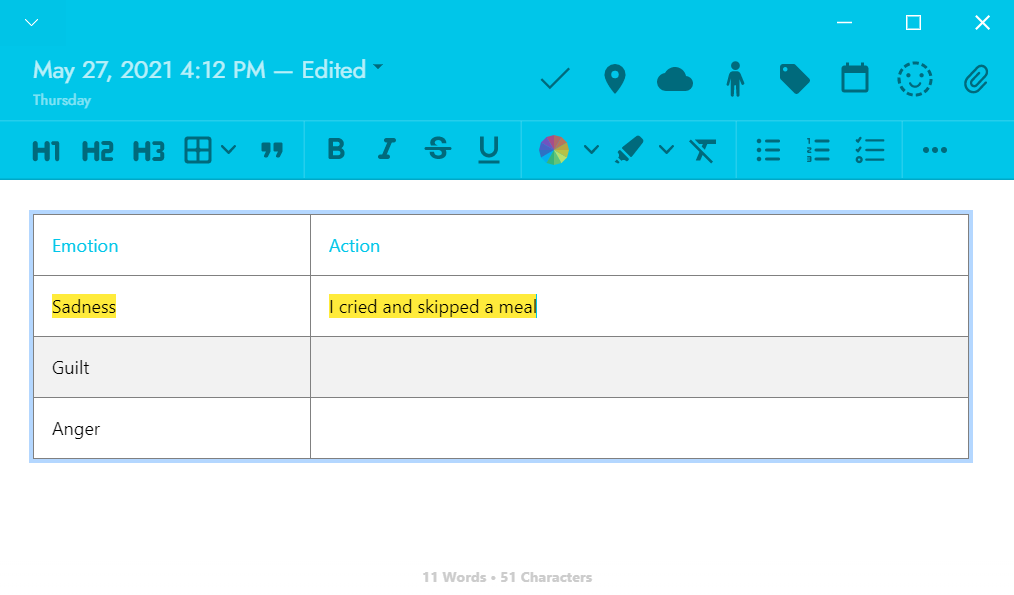
4. Self-reflect
At the end of the day, set aside around 30 minutes to sit down in private and reflect on your emotions, especially if you had a bad day. Here are some prompts and questions for self-reflection in your mood journal.
- What did you learn from the situation?
- Could you have changed anything about the situation, or was it something out of your control?
- Why did you feel that emotion?
- What were some of your thoughts when you were angry/sad/worried?
- Are there any coping methods that worked/that you can try next time?
While you reflect on the day, it's important to be kind to yourself. Don't judge yourself for feeling these emotions — embrace them, accept them and understand them! That may be easier said than done, but practice makes perfect. The more you write in your mood journal, the better you'll get at self-validation and self-reflection.
We hope that this article has helped you get a better understanding of how to start a mood journal, and even inspired you to start your own! Download Journey to get started on your very first mood journal.


